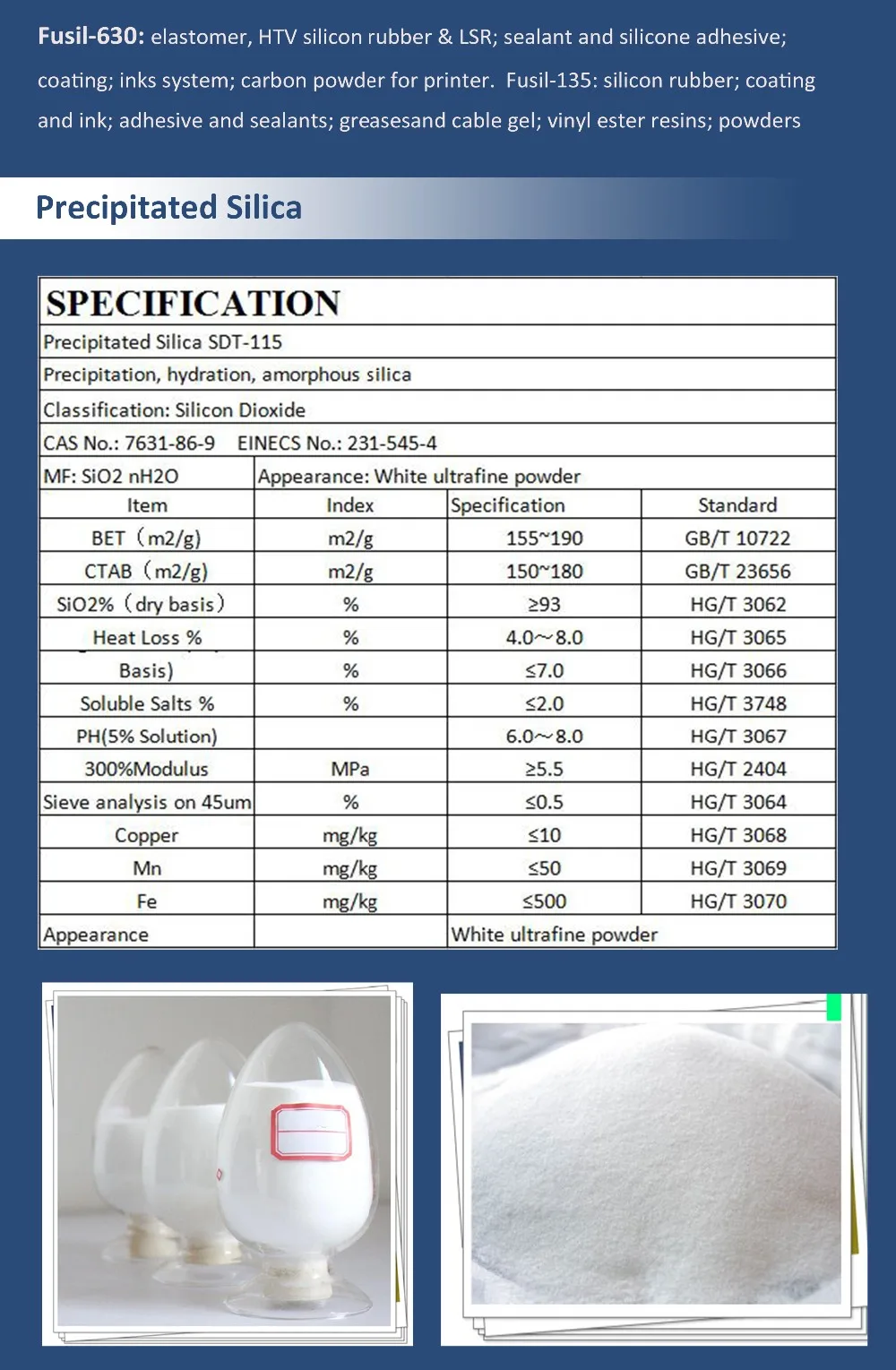

Mica is one of the bases for the formulation of the category of products claiming to be'mineral make-up'. In some applications, they act as an absorbent to adjust textures, or as a matting agent to correct certain visual effects. In these operations, the pigment is finely dispersed and milled in the selected diluent. The use of a neutral diluent (extender in English) such as talc or mica makes it possible to prepare primary pigment dispersions much easier to process and to measure. Indeed, the use of pure pigments is made very delicate because of their difficulty to be dispersed. A rather frequent use consists in using them as diluent of pigments in the manufacturing phases. In this case, they allow the coverage and matting characteristics to be adjusted within the same range to obtain comparable results. These substances are also used as a filler supplement(1) in the formulation of liquid and emulsion foundations. The main properties will be coverage, colour, grain size and feel. In this case, they are chosen according to the organoleptic characteristics of each individual. Probably the most important is the one that sees them as basic elements in the formulation of products in powder form: make-up powder, pressed powder, pressed eye shadows, etc. Several types of use of these mineral derivatives can be distinguished. Synthetic qualities will be chosen whenever the whiteness level of the products obtained is a critical element in the specifications. This aspect depends largely on the contaminants naturally present in the original rock. The main varieties will be chosen according to their grain size and whiteness level. Therefore, they are an alternative formulation to talc, thus modulating the transparency and white effect of the products obtained. The properties of micas in formulation are mainly based on their transparency. It is characterised by its laminated structure, most often giving shape to flakes of varying size depending on the grinding treatments applied to it. Depending on the origin, the chemical composition may be slightly different. It is a quarry material like talc, extracted from different deposits. Another etymology proposes"crumb" because this rock is friable. Along with quartz and feldspar, it is one of the constituents of granite. Mica is the name of a family of minerals, the silicates group and phyllosilicates subgroup, consisting mainly of aluminum and potassium silicate. The most common particle sizes in formulation are from 5 to 40 μ. Canada produces about 80,000 tonnes per year. There are also some in Canada: two mines in Ontario and one in Quebec. In France, the talc quarry at Trimouns, near Luzenac in Ariège, is the largest in the world (400,000 tonnes extracted per year). It is commonly found in metamorphic rocks, often of an alkaline type due to alteration of silicates. Talc results from the alteration of magnesium silicates such as pyroxenes, amphiboles, olivine and other similar minerals. This has little or no effect on the properties that interest us. This corresponds to different types of crystallizations. There are two polytypes of talc, talc 1A and talc 2M. The word would have been introduced by Bernard Palissy in 1560. Georgius Agricola described this mineral in 1546, but it has been known since ancient times. Talc is a mineral species composed of doubly hydroxylated magnesium silicate of formula Mg₃Si₄O₁₀(OH)₂. The uses of these derivatives will be dealt with in a separate contribution. Another use mainly concerns the complexation and/or cation exchange capacity of these clays, which can neutralize certain undesirable effects. Finally, in organic anhydrous environments for which we do not use water, certain varieties of so-called organophilic clays are used to obtain these effects. Depending on the nature and origin of the clays, the characteristics of the gels obtained can be significantly different. In this case, it is the swelling properties that interest us. In these uses, particular attention is paid to the formation of gels, whether viscosity adjustment or colloidal suspensions to counter, for example, the sedimentation of pigment dispersions. We therefore find in this family the different types of clays, hydrophilic or organophilic. The most sought-after property in this case is very often a gelling power. These substances can be used for quite specific reasons.


 0 kommentar(er)
0 kommentar(er)
